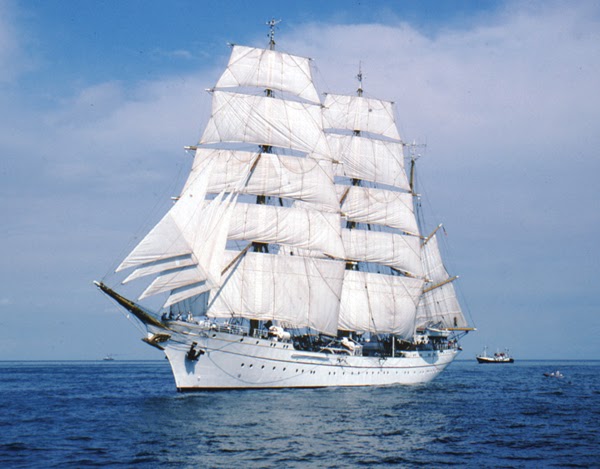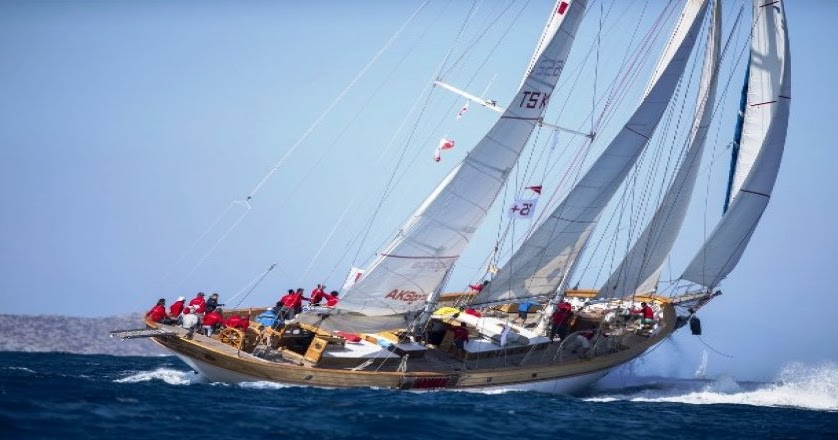Giriş konusu;gemilere karşı Muharip İnsansız Hava Aracı (MİHA) kullanımının bir bölümü hakkında olacaktır.

alarga.uskudar.biz
Rough translation
Future Threats Against Navy - Üsküdar Mühendishanesi
There is currently ongoing 3 important combatant UAV projects
Turkish Armed Forces showed how effective UCAVs can be. UCAV use by Navy has important differences. Currently UCAVs in Navy is limited to defensive purposes not offensive.
During Cold War, US and USSR extensively developed high altitude air defense systems. In 1960, U-2 flying at 20km altitude was shot in USSR using an V-750 Dvina missile. As opposed to this US developing very high altitude Mach 3.2 flying SR-71 and USSR developing Mig-31s. etc.
| UCAV | Origin | Length (m) | Wing Area (m) | Takeoff weight (ton) |
Altitude (km) | Thrust (kN) | Speed |
| X-47B | USA | 11,6 | 18,9 | 19,0 | 12,2 | 106 | Subsonic |
| S-70 | Russia | 14,0 | 19,0 | 20,0 | 18,0 | 147 | Subsonic |
| Neuron | EU | 9,5 | 12,5 | 7,0 | 14,0 | 40 | Subsonic |
| Taranis | UK | 12,4 | 10,0 | 8,0 | ? | 44 | ? |
| CH-7 | China | 10,0 | 22,0 | 13,0 | 13,0 | ? | Subsonic |
If can use a starting point for the new era. We can use the stealth, said to be 15km altitude flying B-2 strategic bomber. USA's long lean towards high altitude and stealth aircraft has rational reasons. With the level reached with B-2, and extensive resources allocated for unmanned technologies, US has become the country with the most capabilities in this field.
Countries following USA's long R&D activities has slowly started have similar lean. Currently, French, UK, Russia, China and India. If US allows, Japan and South Korea can be added to list too. If I write on offensive capabilities later, I will evaluate Turkey for similar aircraft.
46.000 ton armored Italian ship Roma was sunk after two hits by German guided munition (Fritz-X).
Foundations of this threat can go to Ruhrstahl SD1400 designed by Otto Kramer. First used in WW2.
Stealth and high altitude UCAVs combined with engineless, cheap, small. high attack angle (70-90 degrees) gliding munitions can leave surface level ships at very difficult state.
Future skirmish scenario where high altitude stealth UCAV drops guided munition.
Current goal (for now) by gringos is to use high number of lightweight and cheap, smart munitions. While British are leaning towards miniature cruise missiles. Russians are focused towards hypersonic missiles. This is because of every countries has different needs and solutions.
Of course for a scenario like this to happen. It has to include early warning aircraft, UAVs, manned combatant aircraft, satellites, EW systems etc. to work in combined, complicated structure. If we were to try to get into these writings wouldn't end.
First generation example for its class. SDB-1 miniature bomb known as GBU-39/B was developed for F22. It has only GPS/INS guidance therefore it can only become a threat against ships that is on port or being built. GBU-39/B hits targets from 80+-5 degree angle.
While the development of the bomb SDB-2, GBU-53/B is designed for engaging moving targets. In addition to GPS/INS, it is suited with all weather, infrared homing using an uncooled imaging seeker, millimeter-wave radar and semi-active laser homing. Automatic target detection and recognition capabilities. Precision strike capable multi mode guidance.
| Munition | Origin | Length (m) | Weight (kg) | Launching Altitude (km) | Range (nmi) | Warhead Weight (kg) | Explosive Type | Explosive Weight |
| Fritz-X | Germany | 3,40 | 1.560 | 6,0 | 2,7 | 1.400 | Amatol | 300 |
| AGM-154C | USA | 4,00 | 475 | ? | 70 | 227 | PBXN-109 | 87 |
| GBU-39/B | USA | 1,80 | 129 | ? | 60 | 95 | AFX-757 | 23 |
| GBU-53/B | USA | 1,76 | 93 | ? | 40 | ? | AFX-757 | 17 |
| Spice 250 | Israel | 1,80 | 130 | ? | 54 | 75 | ? | ? |
| Penguin Mk3 | | | | | | 120 | PBXN-109 | 43 |
| Harpoon | | | | | | 224 | Destex | 98 |
Gliding munitions that can engage sea targets. Last two anti-ship missiles are provided for comparison.
When UCAVs that has very low radar signatures and very high operation altitude can engage sea targets with 40-70nmi gliding munitions. Ships are going to start having really serious issues.
For example;
- Ship will have serious difficulties detecting UCAV. If it doesn't have adequate systems it might not even detect it.
- Even if it detects it, countering it is very difficult
- For dozens of gliding munition can be launched from few UCAVs very difficult to detect for many reasons such as
- Size of munition
- No engines
- Passive guidance
- Approach from high altitude and angle
4. Very difficult to stop with the current ship-based air defense systems. In fact, when looked not possible.
JSOW variant AGM-154C developed against very small moving sea targets. Variant uses IIR seeker, an 475kg BLU-111/B penetrating warhead and FMU-152 smart fuze.
For UCAV + Guided Gliding Munition threat, Turkish Navy should;
- Capability of ÇAFRAD should be evaluated against this threat
- Current and future ships should be evaluated for capabilities against this threat
- Capabilities of national CIWS systems should be evaluated for these threats
Lastly, Navies manned and unmanned aircraft capabilities since it is direcltly related to this.
Aside to this, first generation naval warfare concepts like "Next Generation Fast Attack Craft Project" style programs is wrong. In the future, in the Adalar Sea. Fast attack crafts can get into same sitatution like Pantsir under Turkish UCAVs. Rather then spending billions to ships like in these domains. That money could be used for much effectively against developing counter systems.








